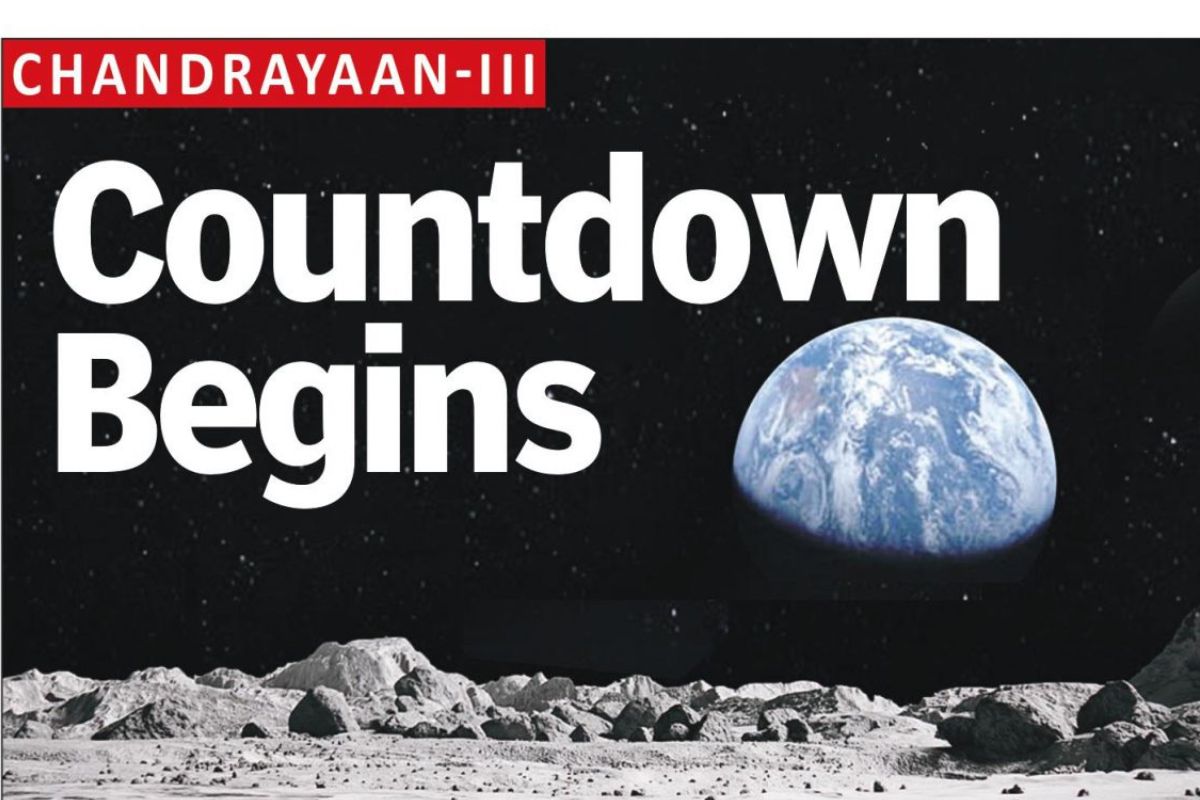Govt’s firm stand on buying Russian oil saves $8 billion in India’s import bill
Prime Minister Narendra Modi-led government has stood firm in maintaining its ties with Russia despite the Western sanctions against Moscow.

India’s Chandrayaan 3 is all set to attempt a soft landing on the little-explored south pole region of the Moon on August 23. Chandrayaan 3’s Lander Vikram, which also carries a rover, is circling the Moon in an orbit of 25KMx134KM. This means Vikram Lander’s closest point above the Moon’s surface is 25 km while the farthest is above 134 km.
The 20-minute power descent procedure of Vikram will commence around 5:45 pm (IST), according to the Indian Space Research Organisation. If successful, India will be only the fourth country after Russia, the USA, and China to land a probe on the lunar surface and the first to make a soft landing near the Moon’s south pole region.
India is not the only country rushing to the Moon. Russia’s Luna 25 was also expected to attempt a soft landing on Moon’s south pole region but crashed while performing a lower orbit maneuver on Sunday. They have another plan to send a Luna26 mission in the next couple of years. The USA, China, Japan, South Korea, the European Union space agency, and the United Arab Emirates are also planning to send their individual missions to the Moon.
Advertisement
Russia, then the Union of Soviet Socialist Republics, was the first country to land a probe on the Moon in 1959. Ten years later in 1969, America went a step ahead of Russia and landed humans aboard its Apollo 11 spacecraft on the Moon. In 2019 and 2020, China also made two back-to-back successful soft landings on the Moon’s surface, becoming only the third country to achieve the feat. After Apollo 11, America sent six more manned missions to the Moon, followed by a joint mission with Russia in 1975.
India’s first Moon mission in 2008 Chandrayaan-1 detected the presence of water in the form of hydroxyl (OH) and water (H2O) on the lunar surface, bringing the Moon back to the focus of a global space race. The presence of water, essential for life, renewed the Moon rush and several countries started planning Moon missions in a bid to explore the possibility of life beyond Earth.
So, what is the ultimate goal of this renewed Moon rush?
Developing a soft-landing mechanism is not the only thing these countries want. Demonstrating technological prowess is just a small piece of a bigger plan. This is the first requirement to reach the Moon – to be able to land in a harsh environment.
The US space agency NASA is working on its Artemis program to return to the Moon after nearly five decades. The Chinese are also planning to land a human on the lunar surface by 2030. They are also vying to be the first to build a permanent base on the Moon.
While there may be water on the Moon, it would be almost impossible for humans to settle there in the absence of an atmosphere. And even if they do settle there, they will have to literally live in the caves. However, another planet Mars looks more habitable for humans and probably that is the ultimate goal of this renewed Moon rush.
While the Moon may not provide ideal conditions to live, the water present on its surface can be used to fuel rockets to reach Mars. Moon is the closest celestial neighbour to Earth with a distance of 384,400 kilometers. Mars, on the other hand, is 225,600,000 kilometers away from the Earth, thus, making it hard to reach. So, it will be easy to access Mars from the Moon.
The red planet has a thicker atmosphere than the moon, which could help protect humans from the harsh radiation environment of space. Also, Mars has a day-night cycle similar to Earth, unlike the Moon where a lunar day roughly lasts around 29 days of the blue planet. The magnetic field of Mars would also help protect humans from solar radiation. And there is scientific evidence that Mars has the presence of water and it once had an ocean too.
So, the Moon may not allow humans to settle on its surface but it could work as a depot where rockets can be refuelled and launched to Mars, making it a valuable resource for future space exploration missions.
Advertisement